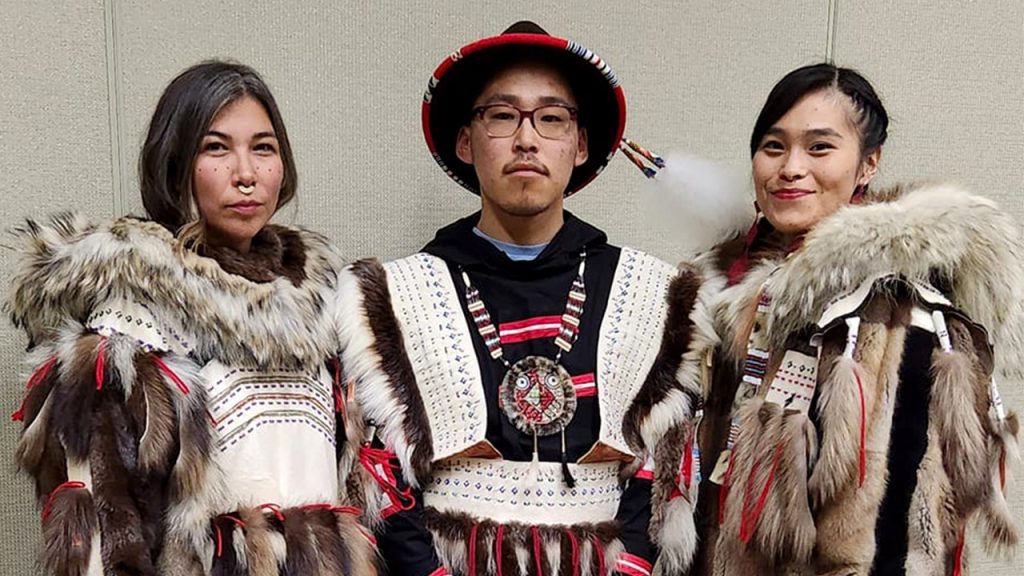Fashion, particularly the use of real and faux fur, is currently facing a crossroads in terms of its impact on the planet. While large-scale fur farms contribute to environmental harm through the mass production of pelts and wasteful practices, Indigenous artists approach fur sourcing in a much more sustainable manner. These artists often hunt, clean, and treat fur themselves in small quantities, utilizing the entire animal and taking a zero-waste approach. Golga Oscar, a Yup’ik artist from Alaska, creates traditional garments like headdresses, parkas, and moccasins using furs such as wolf, beaver, muskrat, or ground squirrel, with a focus on honoring and respecting the animals.
Indigenous communities have a much smaller impact on the global fur market, as they do not contribute to the large production volumes seen in mainstream fashion. Their approach to eliminating waste and designing with purpose sets an example for a more circular future in the industry. Indigenous artists like Golga Oscar prioritize honoring and respecting the animals they source materials from, reflecting their strong spiritual connection with nature. For example, using wolverine fur requires coloring it in red ochre as part of tradition, as wolverines are considered sacred animals that must be honored in a specific way. This intentional design process highlights the cultural significance of fur in Indigenous communities.
The sustainable practices of Indigenous artists stand in stark contrast to the environmental impact of large-scale fur farms, where inhumane killing methods are sometimes used and parts of the animals are wasted. By sourcing fur in small quantities and using a zero-waste approach, Indigenous artists minimize their ecological footprint while creating luxurious and high-quality designs. The emphasis on respecting and honoring the animals they hunt is a core value that guides their creative process and ensures that every part of the animal is utilized in a meaningful way. This approach not only showcases the creativity and craftsmanship of Indigenous artists but also serves as a blueprint for a more sustainable future in the fashion industry.
The cultural and spiritual connections that Indigenous artists have with the animals they source fur from play a significant role in shaping their design process. For these artists, fur is more than just a material – it is a symbol of respect, tradition, and connection to the natural world. By incorporating cultural practices and beliefs into their designs, Indigenous artists like Golga Oscar infuse their creations with a deeper meaning that goes beyond mere aesthetics. This unique perspective on fur as a material reflects a holistic approach to fashion that acknowledges the interconnectedness of all living beings and the importance of preserving traditional knowledge and values.
As the fashion industry grapples with the environmental impact of fur production, Indigenous artists offer a valuable alternative that emphasizes sustainability, respect for nature, and traditional practices. Their small-scale, zero-waste approach to fur sourcing and design sets a positive example for the industry, pointing towards a more ethical and environmentally conscious future. By highlighting the importance of honoring the animals they work with and incorporating cultural values into their creations, Indigenous artists like Golga Oscar showcase the potential for fashion to be a platform for cultural preservation, environmental stewardship, and meaningful storytelling. In a world where fast fashion often prioritizes profit over sustainability, the practices and values of Indigenous artists offer a refreshing and inspiring perspective on the role of fashion in promoting harmony with the natural world.


